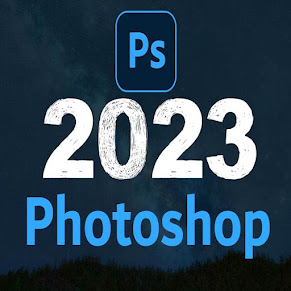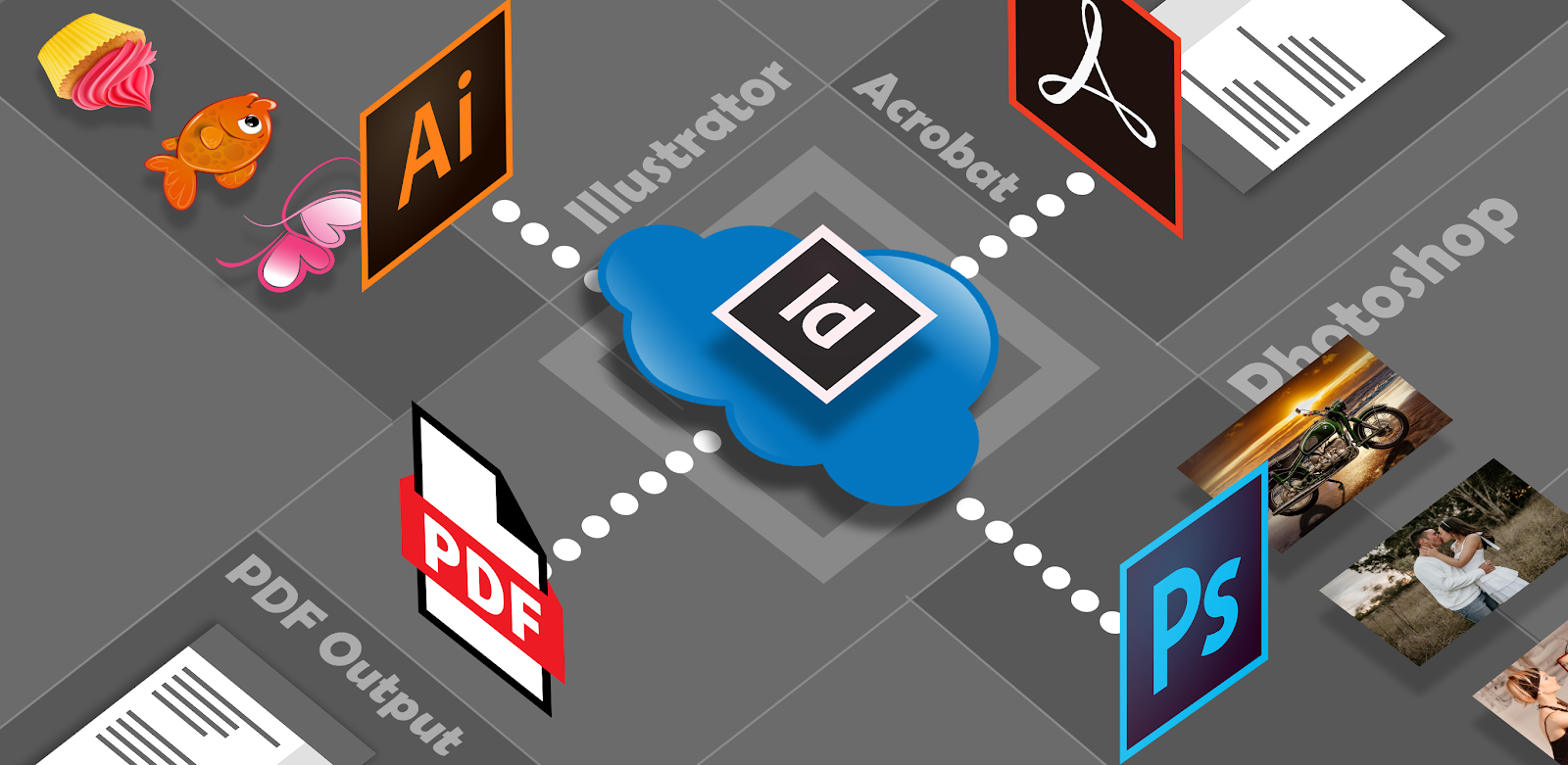Is graphic designing useful in a career growth?
Yes!!! useful in a career growth
Yes, graphic design skills can be very useful in career growth as they are in high demand in many industries. Here are some ways that graphic design skills can be beneficial to career growth:
Branding
Good branding is crucial for any business, and a skilled graphic designer can help create a brand identity that communicates the values and personality of a business. Companies across industries like fashion, hospitality, technology, and more rely on graphic designers to create effective branding that can help them stand out in a competitive market.
Branding is the process of creating a unique name, symbol, or design that identifies and distinguishes a company or product from others in the marketplace. A good brand identity communicates the values, personality, and essence of a company or product to the target audience, and can help create a strong emotional connection with customers.
Graphic design plays a crucial role in branding as it is responsible for creating the visual elements that make up a brand identity. This includes designing logos, typography, color palettes, and other visual elements that are used to represent the brand. Graphic designers work closely with branding teams to ensure that the visual elements of the brand are consistent with the brand's values and message.
Creating a strong brand identity can be beneficial for a company in many ways. It can help differentiate the company from its competitors, build brand awareness and recognition, and create a loyal customer base. A well-designed brand identity can also help establish trust and credibility with customers, which can lead to increased sales and revenue.
Overall, branding is a crucial aspect of any successful business, and graphic design plays an important role in creating a strong brand identity.
Marketing and advertising:
Graphic designers play a crucial role in creating visual content for advertising and marketing campaigns. They can create graphics, images, and videos that attract and engage audiences, which is especially important in the digital age where content needs to stand out on social media platforms, websites, and email newsletters.
Marketing and advertising are crucial aspects of promoting a product or service and creating awareness among the target audience. Graphic design plays a key role in marketing and advertising by creating visual content that captures the attention of the audience and conveys the message effectively.
Graphic designers work on creating visual content such as advertisements, brochures, flyers, social media posts, email newsletters, and more. They use their design skills to create visually appealing graphics, typography, and layouts that attract and engage the audience. They also work on creating visual identities for marketing campaigns that are consistent with the brand's visual identity.
Marketing and advertising campaigns that are well-designed and visually appealing can help businesses stand out in a crowded marketplace. Good graphic design can communicate the message of the campaign effectively and create a strong emotional connection with the audience, which can lead to increased engagement, brand awareness, and sales.
In the digital age, graphic design plays an increasingly important role in marketing and advertising as more and more content is consumed on digital platforms. Social media platforms like Instagram, Facebook, and Twitter are especially important for businesses to showcase their products and services, and graphic designers are responsible for creating visual content that stands out on these platforms.
Overall, graphic design is a key component of marketing and advertising and can be instrumental in creating successful campaigns that drive engagement and sales.
User experience design
UX design involves designing the user interface and user experience of websites, apps, and software. A good graphic designer with knowledge of UX design principles can help create an intuitive and visually appealing user interface that enhances the user experience.
User experience (UX) design is the process of creating products and services that provide a positive and enjoyable experience for users. UX designers use their skills to understand the needs and behaviors of users and design products that are intuitive, easy to use, and visually appealing.
Graphic designers play a critical role in UX design by creating the visual elements that make up the user interface (UI). This includes designing buttons, icons, menus, and other elements that users interact with when using a product or service. Graphic designers also work on creating the overall look and feel of the UI, including the color scheme, typography, and layout.
Good graphic design in UX design can make a significant difference in how users perceive and interact with a product or service. A well-designed UI can make it easier for users to understand how to use a product, navigate through different screens, and accomplish their goals. It can also create a positive emotional experience for users and increase their satisfaction with the product or service.
Overall, UX design is a crucial aspect of creating successful products and services, and graphic design plays an important role in creating visually appealing and intuitive user interfaces that provide a positive user experience.
Creative direction
As a graphic designer gains experience and develops their skills, they may be promoted to a role where they oversee the creative direction of a project or a team. This can lead to increased responsibility and leadership opportunities, which can be valuable for career growth.
Creative direction is a process in which a person or team provides guidance and direction to other creatives, such as graphic designers, artists, copywriters, and photographers, to ensure that their work aligns with the brand's vision and goals.
In the context of graphic design, a creative director is responsible for overseeing and guiding the design process from start to finish. This involves working closely with other members of the creative team to develop a visual concept that aligns with the brand's goals and objectives. The creative director is responsible for ensuring that the visual design meets the needs of the client, fits within the overall strategy, and effectively communicates the desired message.
A creative director may also be responsible for selecting and managing the creative team, including graphic designers, copywriters, and other creatives. They work to ensure that each team member understands their role in the project and is aligned with the overall creative direction.
Good creative direction can lead to more effective and impactful design outcomes. By providing clear guidance and feedback, the creative director can help the team produce work that meets the client's objectives and exceeds their expectations.
Overall, creative direction is an essential part of the graphic design process, and a skilled creative director can help ensure that the design work is aligned with the brand's vision and goals, meets the needs of the client, and effectively communicates the desired message.
Overall, graphic design skills can be beneficial to a range of industries and can open up many opportunities for career growth.







Comments
Post a Comment